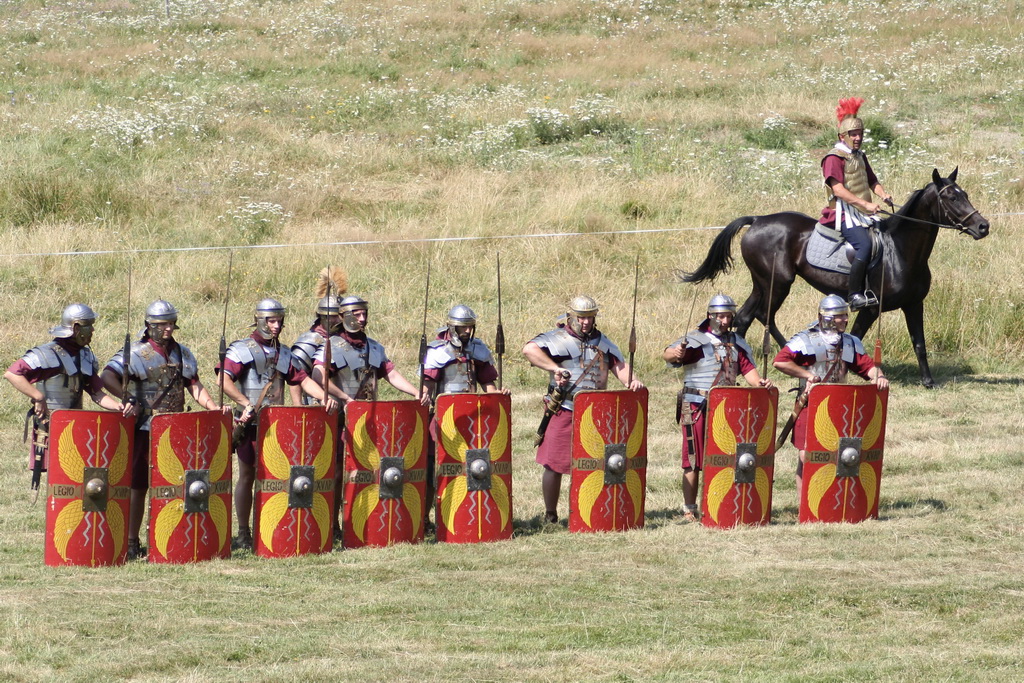History - Page 5
The city and the entire Porolissum area developed economically in a vertiginous way, because of the very good business conditions represented always by the commercial trade with the barbarians beyond the limes. The luxury pottery products reached far away in the barbaricum near the south of Poland, Slovakia and Eastern Hungary. Not by change were identified at Porolissum more workshops which faked the coins, surely used in the trade with the locals. The typically roman life, mentis romana type is developed at Porolissum also, as a province capital city. The city population and the other residents (soldiers and their families) were around 15000 when Emperor Caracala and his mother Iulia Domna reached Porolissum in 214 A.D. Here were examined the new military fortifications (the new fort with stone enclosures and gates) and surely they witnessed shows which were prepared and took place in the roman amphitheatre from Porolissum. The roman amphitheatre from Porolissum at the beginning was built of wood and in the year 157 A.D. under the direct command and financial support given by the Emperor Marcus Aurelius, it was built of stone. As a total arena surface, the arena of the Porolissum amphitheatre exceeds the one of the Ulpia Traiana amphitheatre – Dacia capital city – colony built by Emperor Traian.
EARLY MEDIEVAL PERIOD (7th – 13th century) Although at Porolissum take place researches for a long period of time, there are few traces of the early medieval period. For now, at Porolissum there were discovered no archaeological vestiges dating 7th – 9th century. From 10th – 13th centuries we have an inhumation cemetery in the roman municipality area, near the forum. Very interesting are the sanctums from Jac area from “Camin” and “Viile jacului” points, sanctums which are not yet archaeologically examined. It is not excluded the possibility that these are dating from the early medieval period. At Moigrad on the “Măgură”, through systematic archaeological excavations were found the remaining of an early medieval fortification.
Artifacts discovered here set the earth fort in the 10th -13th century. The most important point for crossing the line of the Meseş Mountain, Poarta Meseşeană made its debut in the historical literature, especially because of the discoveries of roman era. The infrastructural aspect of the pass, not only that it ensured military elements very well adapted to the field, but they also contributed to the economical development of the area in which it was settled, respectively of the areal it serviced. Talking here mainly about the salt transportation, of which intensification can be observed best during the Middle Ages. From the military point of view, we mention some important events from the early medieval period which involved Poarta Meseşană: the first raids of the Hungarians, the military campaigns against the Cumans and Pechenegs, of the Hungarian king Ladislau the 1st the Saint, or the pass use be king Andrei the 3rd (in January 1291) on his way towards central Transylvania. The medieval early discoveries dated in 10th – 13th century, prove the military aspect of the area that surrounds the pass. The archaeological researches from Moigrad “Măgură”, Jac “Cămin” and Ortelec “Cetate” prove an intense fortification activity of the area during the early middle age period (10th – 13th century).
- << Prev
- Next



